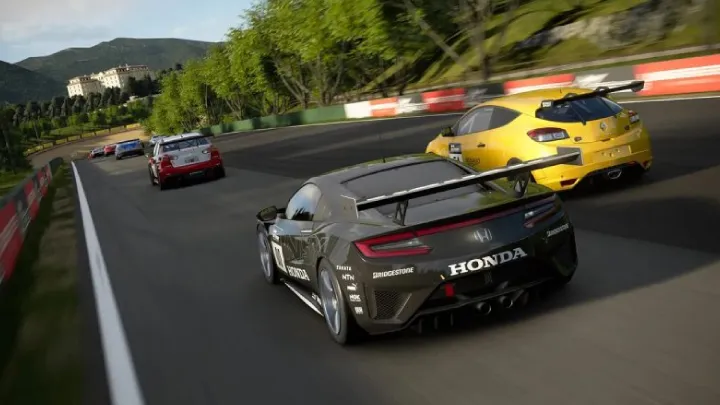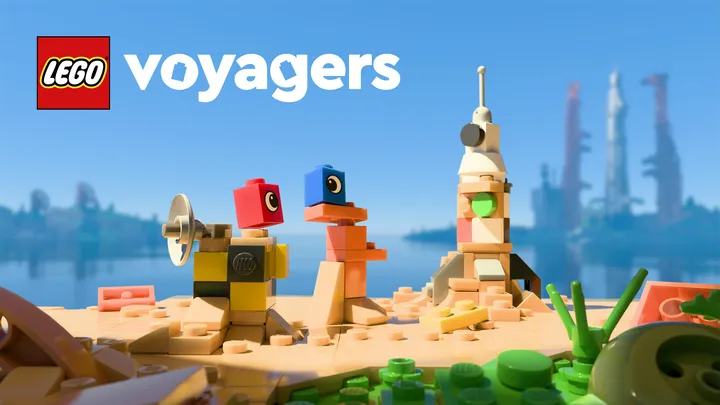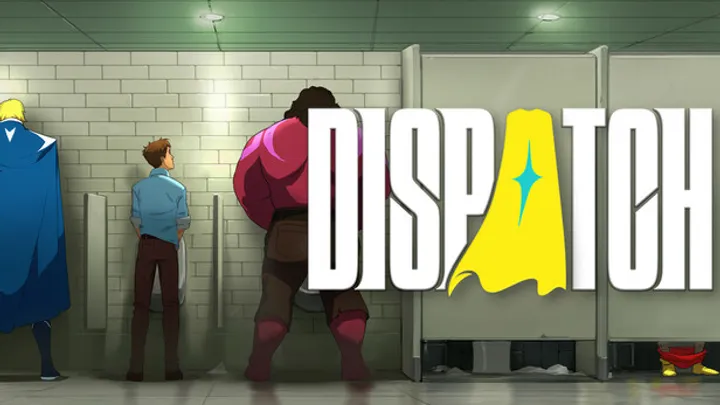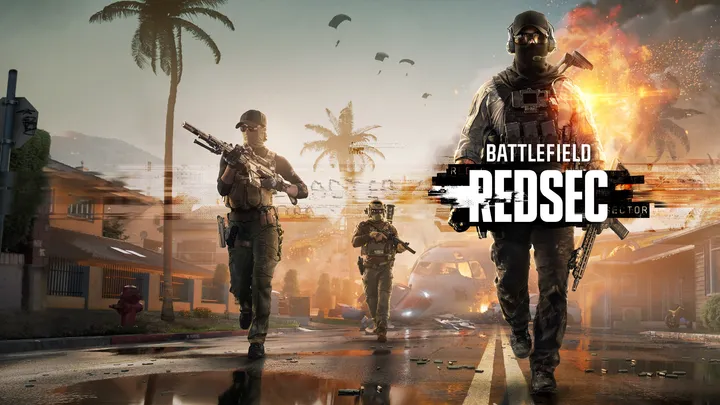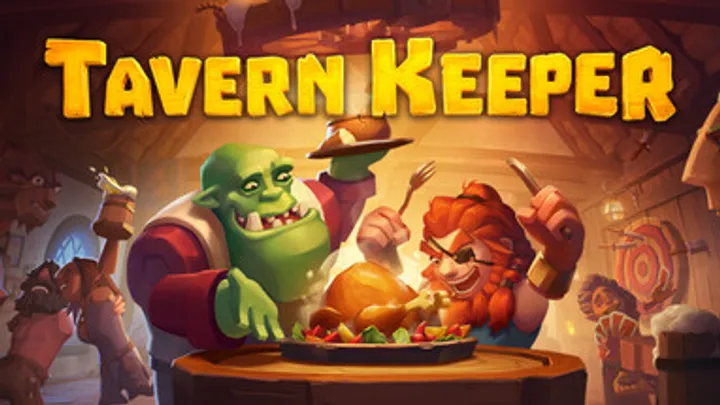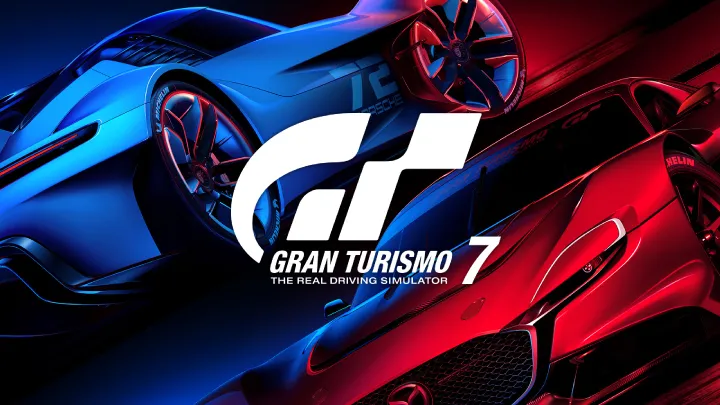
Introduction
Gran Turismo 7 (GT7) serves as a benchmark for racing simulations, offering players an expansive world of automotive excellence, detailed graphics, and realism that sets it apart from its competitors. However, technical achievements and depth bring to light a crucial issue: the balance between simulation fidelity and gameplay accessibility. While dedicated fans of the Gran Turismo franchise celebrate its intricate mechanics and realistic portrayal of racing, new players often find themselves overwhelmed by the steep learning curve. This article explores the specific issue of balancing realism and accessibility in Gran Turismo 7, analyzing how this tension impacts player experience and the long-term success of the game.
The Legacy of Gran Turismo: Setting Standards for Realism
A Historic Framework
The Gran Turismo series, which debuted in 1997, has long been lauded for its commitment to realism and fidelity. With each installment, Polyphony Digital has aimed to create a racing simulation that reflects real-world automotive principles, including vehicle dynamics, physics, and tire behavior. The original game set a high standard for visuals and gameplay, and the franchise has continuously pushed boundaries since then.
Realism as a Defining Feature
Gran Turismo 7 builds on this legacy, featuring more than 400 cars and historic tracks that evoke the thrill of real-life racing. The game utilizes advanced graphics and realistic sound effects to provide an immersive experience. Whether it’s the sound of a turbocharger spooling or the feeling of traction loss, players are submerged in a world that mirrors actual racing environments.
The Price of Realism
However, the commitment to realism comes with its own set of challenges. As Polyphony Digital sought to enhance the authenticity of driving mechanics and vehicle performance, newcomers often felt alienated by the nuanced controls and intricacies. This clash between meticulous simulation and player accessibility creates a significant dilemma in Gran Turismo 7.
Learning Curve: The Barrier to Entry
The Challenge for New Players
For pacemakers, the learning curve in Gran Turismo 7 can be daunting. New players are frequently bombarded with terminologies, driving techniques, and vehicle setups that may not be intuitive. In contrast to arcade-style racing games that provide instant gratification, GT7's deeper mechanics require learning and practice.
Tutorial Systems and Their Effectiveness
Although the game includes tutorials designed to help ease players into the world of racing, many find them insufficient. Tutorials feel more like a checklist of features rather than comprehensive training that adapts to individual learning paces. As a result, players may become frustrated and disengaged if they cannot effectively grasp the mechanics presented.
Issues with Existing Tutorials
- Lack of Personalization: The tutorials do not adapt based on a player’s skill level, leading to either overly simplistic or overly complex guidance.
- Insufficient Depth: While some tutorials cover the basics of acceleration and braking, they often skip essential aspects such as cornering techniques and tire management, which are critical for serious racing.
- Motivation to Progress: Players unfamiliar with racing simulations may find the tutorials intimidating, discouraging them from engaging further with the game.
Bridging the Gap
This issue necessitates a reevaluation of how Gran Turismo 7 introduces new players to its complexities. Continuous engagement opportunities, perhaps through a mentorship system or more interactive tutorials, could help ease the transition from casual to serious racer.
Vehicle Customization: The Double-Edged Sword
A Deep Well of Options
One of the most appealing aspects of Gran Turismo 7 is its extensive car customization options. Players can modify numerous aspects of their vehicles, from engine tuning to suspension adjustments, allowing them to tailor their racing experience. This depth not only mirrors real-life automotive culture but also enriches the immersive experience.
The Complexity of Customization
However, the intricate customization options can overwhelm new players. Understanding how each adjustment impacts vehicle performance demands a reasonable grasp of automotive principles. When players dive into tuning without foundational knowledge, they may inadvertently degrade their vehicles rather than improve them.
Key Areas of Customization Difficulty
- Suspension Settings: Newcomers struggle to grasp the impact of adjusting spring rates and dampening settings on vehicle behavior.
- Tire Selection: Selecting the correct tire compound is crucial, yet players often have limited understanding of how different compounds affect grip and wear.
- Gear Ratios: New players may not comprehend how gear ratios influence acceleration and top speed, leading to suboptimal performance.
Navigating Customization with Ease
To bridge the knowledge gap, Gran Turismo 7 could introduce simplified customization presets or guidance systems that offer recommendations based on a player’s skill level and intended racing style. In-game tutorials that explain the implications of modifications would give players the competence they need to improve their cars effectively.
The Racing Experience: Authenticity vs. Approachability
Realistic Physics Engine
The physics engine in Gran Turismo 7 meticulously simulates vehicle behavior, presenting challenges that need to be mastered. Factors such as weight transfer, traction loss, and tire wear significantly impact racing strategy. While the authentic feel adds depth, it can alienate those not familiar with the intricacies of driving physics.
Accessibility Options in Gameplay
While Gran Turismo 7 does offer various driving assists—like traction control, stability management, and automatic braking—these aids can be double-edged swords. For hardcore racers, these assists may feel like a crutch that detracts from the challenge. Conversely, for new players, these aids are often the only means to engage with the game without being overwhelmed.
Balancing Assists for Players
- Adjustable Assist Levels: A more granular system of assists that allows players to fine-tune settings according to comfort could improve the experience.
- Dynamic AI: Implementing an AI that adapts difficulty based on player performance could create an even balance between challenge and accessibility, allowing new players to learn while maintaining competitive pressure.
The Role of Community Engagement
Engagement with the racer community is essential to evolve gameplay. Developers can gather feedback to identify how players utilize assistive features and where potential frustrations lie, paving the way for future enhancements and updates that better address the needs of diverse player bases.
The Importance of Competition: Online Play and Community
Thriving Online Ecosystem
The online component of Gran Turismo 7 offers players a chance to compete against one another in various formats—races, time trials, and even leagues. This competitive environment not only draws in veterans but also serves as a potent marketing tool for the game.
Challenges in the Online Scene
Despite its benefits, the online aspect raises challenges regarding accessibility. Players often find themselves competing against skilled racers with finely tuned vehicles, leading to feelings of frustration for those at the beginning of their learning curve. The disparity in skill and experience can create a barrier to entry, leading to many opting out of the online scene altogether.
Suggestions for Improvement
- Beginner Tiers: Implementing lower-tier divisions specifically for newcomers could provide a more conducive learning environment.
- Practice Leagues: Establishing practice leagues focused on skill development can foster community while aiding skill acquisition.
Building Community Connections
Community engagement is a valuable tool that could improve players' experiences in GT7. By facilitating events such as tournaments or online car meets, Gran Turismo can enhance camaraderie and allow players to learn from one another. Players could share tuning tips or racing strategies in a collaborative environment, enriching their gaming experience.
The Role of Licensing: Realism at a Cost
Authentic Car Brands and Their Influence
One of the signature features of the Gran Turismo series is its dedication to featuring real-world car brands and models, creating a lifelike racing experience. Licensing agreements with manufacturers ensure that vehicles are accurately represented but also bring limitations that can hinder gameplay accessibility.
Locked Content and Accessibility
Players often discover that specific cars or features are locked behind extensive grinding or microtransactions. For newcomers, this means that access to higher-tier vehicles requires time investment or real money, a system that can feel discouraging and counterintuitive. Unlocking well-balanced and optimal vehicles should not detract from the gaming experience, especially for those new to racing sims.
Navigating Licensing Challenges
- Balanced Unlocking Systems: Ensuring that vehicles and upgrades are gradually unlocked based on skill progression could create a more favorable experience.
- More Free Content: Offering regular updates or free seasonal content could provide a constant stream of engaging gameplay while balancing the need for new vehicles.
Balancing Accessibility with Realism
Striking a balance between maintaining realistic representations of vehicles and allowing players of varying skill levels to enjoy them is essential. Developers must consider how to create a robust experience without alienating those who cannot invest the same level of time or financial resources.
Technology and Graphics: Immersing Players
Immersive Graphics and Sound Design
The graphical advancements in Gran Turismo 7 present players with an immersive environment that captures the beauty of cars and tracks alike. From the glimmer of freshly polished paint jobs to dynamic weather systems, the game excels in creating a visually arresting experience.
Technical Performance Considerations
However, the emphasis on graphical fidelity can come with performance trade-offs. New players, particularly those using lower-spec systems, may find their experience hindered by lag or graphical bugs. This issue may cause frustration and limit their immersion, prompting developers to consider performance optimization options.
Improving Technical Performance
- Settings Customization: Allowing players to adjust settings based on their hardware capabilities can help maintain fluid gameplay without sacrificing visual quality.
- Regular Updates for Optimization: Ensuring comprehensive updates to address bugs and performance issues can go a long way toward improving overall player experience.
A Dual Focus on Beauty and Performance
As with gameplay mechanics, the challenge lies in ensuring a balance between graphical fidelity and performance. Optimizing settings for a wider range of players helps create an inclusive racial experience.
Community Feedback and Developer Engagement
Gathering and Utilizing Player Input
In an industry marked by frequent updates, gathering community feedback is crucial for improving gameplay and addressing any imbalances that arise. Engaging with players through surveys, forums, and social media allows developers to assess how well their game meets the needs of its diverse audience.
Transparency in Development
By being transparent about the changes being made based on player feedback, the developers foster trust and maintain excitement within the community. When players feel that their voices matter, they are more likely to invest time and energy into the game, ultimately boosting its longevity.
Implementing Regular Updates
The act of regularly implementing community suggestions keeps Gran Turismo 7 fresh and aligned with player expectations. By offering quality-of-life improvements, new content packs, or enhancements based on feedback, developers maintain engagement while showing they value their players' input.
Conclusion
Gran Turismo 7 stands as a testament to the enduring legacy of the franchise while grappling with several critical issues of gameplay realism and player accessibility. Though the commitment to authentic racing experiences has birthed a rich and immersive game, it also raises challenges surrounding player engagement, particularly for newcomers.
To ensure the long-term success of Gran Turismo 7, developers must strive to balance realism with accessibility. By addressing the learning curve, improving the AI, enhancing customization systems, and incorporating player feedback, the game can reach a broader audience without sacrificing its core identity. Through these adjustments, Gran Turismo 7 has the potential to attract seasoned veterans while nurturing the next generation of racing enthusiasts.